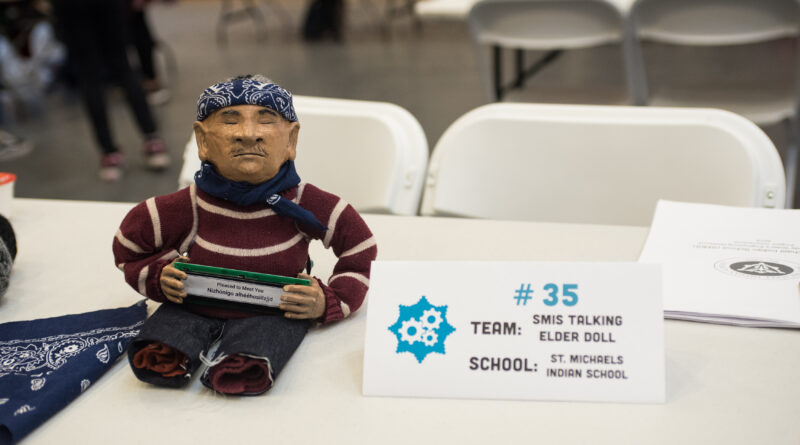
CODING
Coding and the Navajo Nation
In 1942, 29 Navajo men joined the U.S. Marines and developed an unbreakable code that would be used across the Pacific during World War II. They were the Navajo Code Talkers.
In the early part of World War II, the enemy was breaking every military code that was being used in the Pacific. This created a huge problem for strategizing against the enemies. Eventually, a suggestion was made in early 1942 to use Navajo language as a code.
The Navajo radio code comprised words selected from the Navajo language and applied to military phrases. The initial code featured 211 terms, and during the course of World War II, it expanded to 411. The Navajo language has no military terminology, and most of the code developed was new and instilled with military meaning. For example, the Navajo word used for ships was “Toh-Dineh-ih,” which means Sea Force.
In 1942, the U.S. Marines recruited 29 Navajo men to be Navajo Code Talkers. Each recruit had to meet the general qualifications of a Marine as well as be fluent in Navajo and English. The recruits were brought to the Recruit Depot in San Diego on May 5 for seven weeks of basic training. It was there that the 29 men underwent intense special courses for message transmissions and radio operation, and developed the code used during the war.
The Navajo Code Talker program was classified and remained that way until 1968. In 2001, the original 29 Navajo Code Talkers were awarded the Congressional Gold Medal and all others were awarded Congressional Silver Medals. The total number of Navajo Code Talkers that served in the U.S. Marines is not known. It is estimated between 350 to 420.
An Introductory Lesson:
What is the coding learning experience?
Introduction to Coding
Lesson Focus and Goals: Students will work through a real-world example of following directions in order to accomplish a goal. They will compare those directions to how a computer follows the ‘code’ to tell a computer program how to function.
Objectives: Students will be understanding and be able to relate what coding is to several real life scenarios.
Lesson/Activity: An item will be placed at one spot in the classroom. All students must write down specific directions for the item to be obtained starting at the teacher selected “Start-Point”. Pick a few and follow the directions and see if you make it to the item only following the directions written down. Throughout the activity draw connections to the importance of correct language and directions are necessary in order for something to function properly.
After the activity, have a class discussion and allow students to brainstorm ideas of what is coding on “What is Coding”- Tells a computer program how to function.
Assessment: Have students think about coding in their daily life (Where do they see it/use it). Students can compile a list individually or as a class.
Coding Resources
Overview of Coding Environments Used in this Manual

Coding in Scratch

Coding in SPIKE Prime

